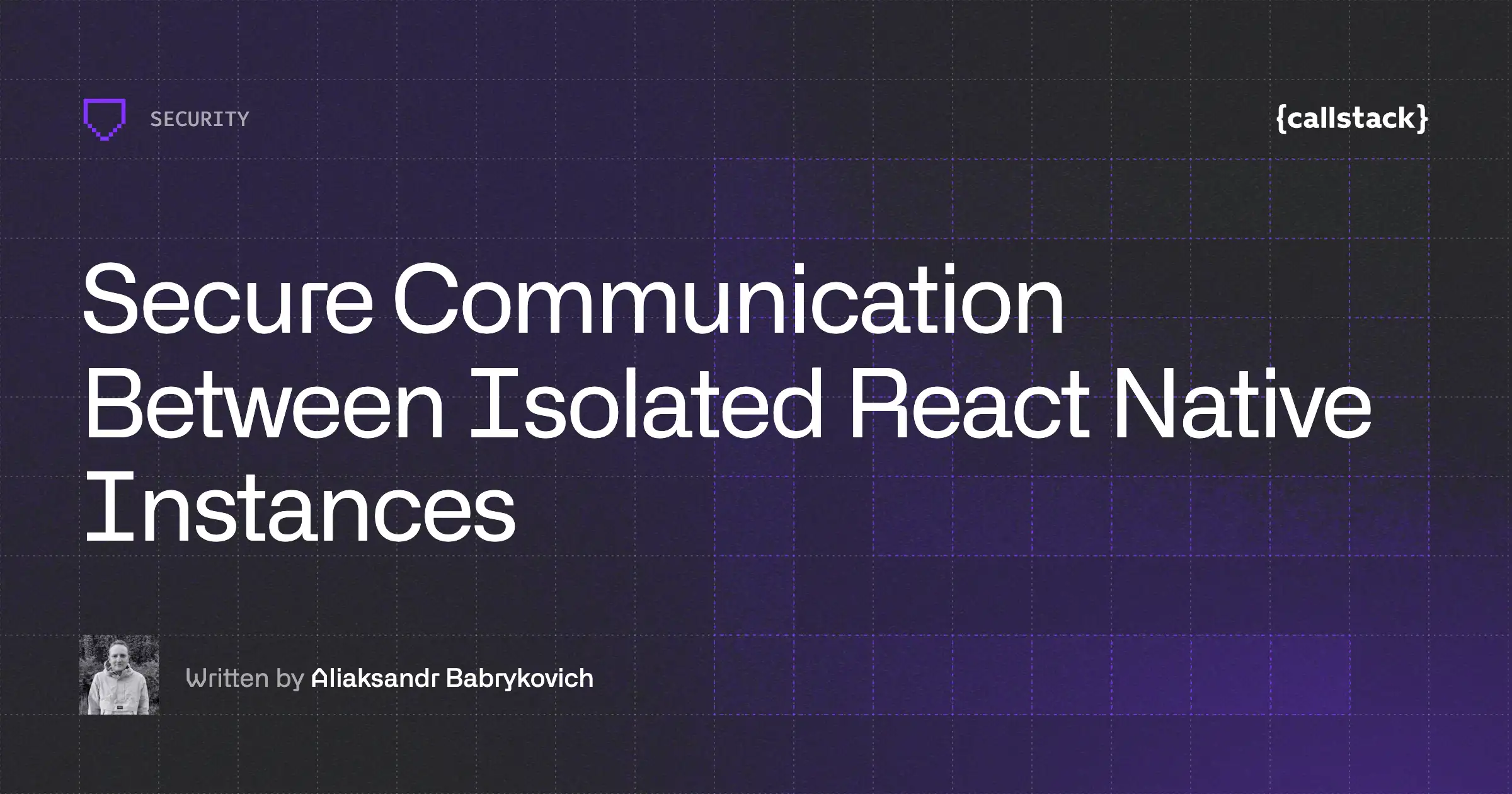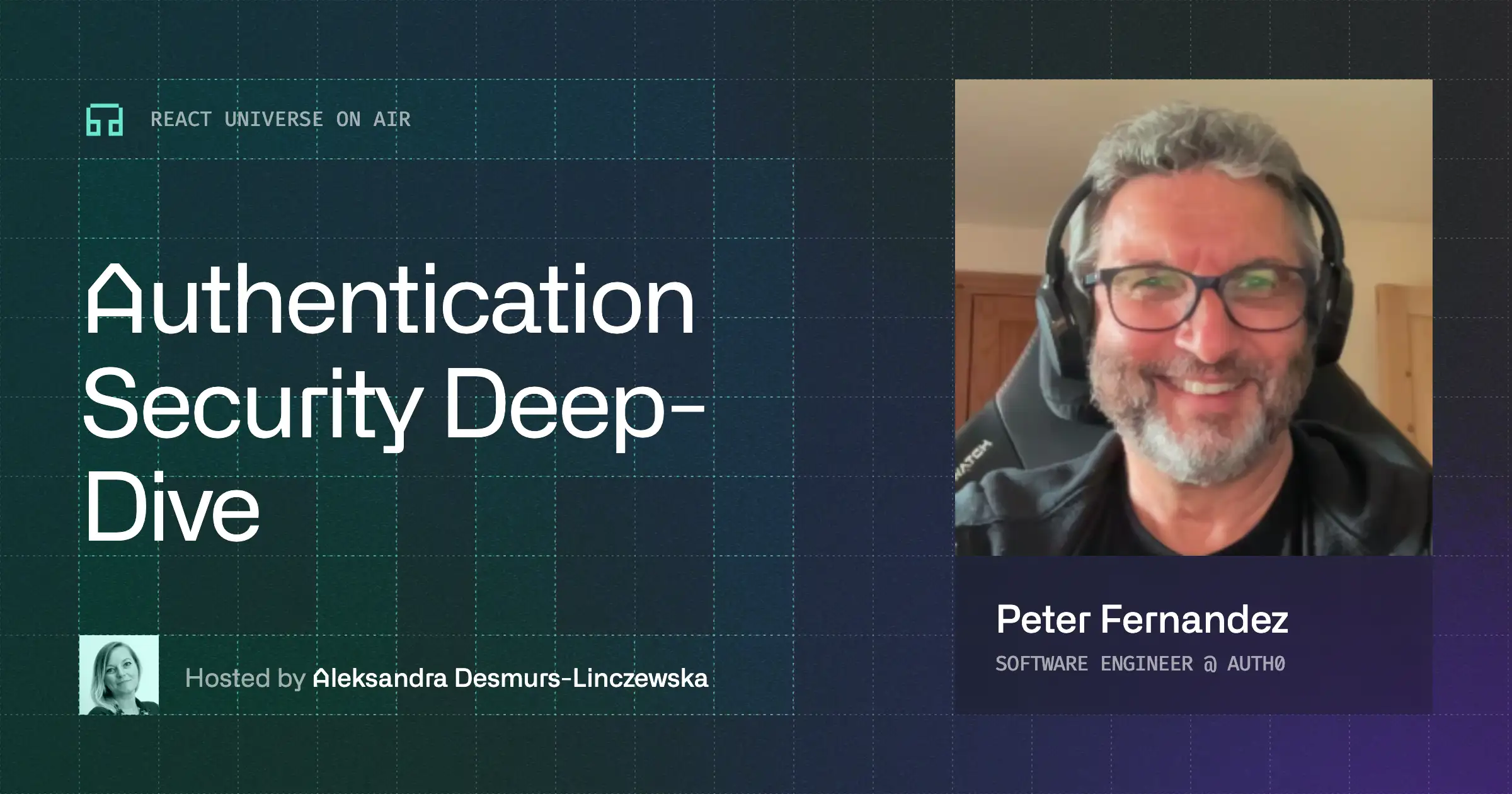In the second episode about security with Peter Fernandez from Auth0 by Okta, we focus on authorization. Tune in to discover key concepts like access control, delegated authorization, and the principle of least privilege. Learn how modern frameworks handle security and get practical advice for building apps that users will love, and malicious forces will hate.
Here's what you'll learn about authorization
- Delegated authorization
- Access control
- JSON Web Token
- Authorization from the developer’s perspective
- Balancing user experience and security on frontend
- Principle of least privilege
//
Insights
Learn more about Security
Here's everything we published recently on this topic.
No items found.
//
Security
We can help you move
it forward!
At Callstack, we work with companies big and small, pushing React Native everyday.
Monitoring & Observability
Enable production-grade monitoring and observability for React Native apps with real-time insights and alerts.
Release Process Optimization
Ship faster with optimized CI/CD pipelines, automated deployments, and scalable release workflows for React Native apps.










